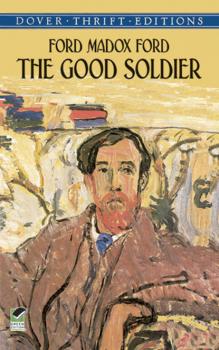ТОП просматриваемых книг сайта:
Dover Thrift Editions
Скачать книги из серии Dover Thrift EditionsАннотация
Информация о книге
Автор произведения Группа авторов
Жанр Зарубежная классика
Серия Dover Thrift Editions
Аннотация
Аннотация
Информация о книге
Автор произведения Fyodor Dostoyevsky
Жанр Зарубежная классика
Серия Dover Thrift Editions
Аннотация
Аннотация
Информация о книге
Автор произведения Ford Madox Ford
Жанр Зарубежная классика
Серия Dover Thrift Editions
Аннотация
Информация о книге
Автор произведения Jacob Grimm
Жанр Зарубежная классика
Серия Dover Thrift Editions
Аннотация
Информация о книге
Автор произведения Charles Dickens
Жанр Зарубежная классика
Серия Dover Thrift Editions
Аннотация
Аннотация
Информация о книге
Автор произведения Charles Dickens
Жанр Зарубежная классика
Серия Dover Thrift Editions
Аннотация
Информация о книге
Автор произведения Группа авторов
Жанр Зарубежная классика
Серия Dover Thrift Editions










